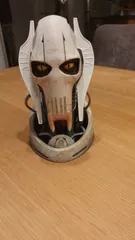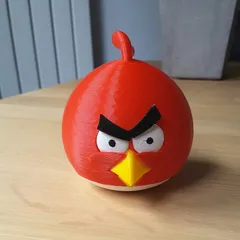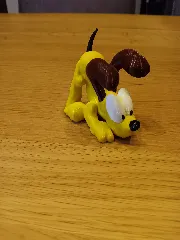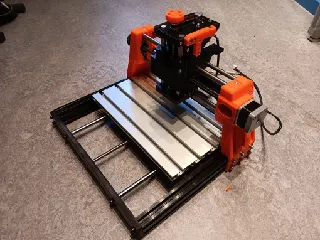Molecular model set
Description
PDFThis is a set of model atoms that can be connected together with flexible tubing to create molecular models. I've created them to assist me in my tutoring of high school students in chemistry. True, these can be bought in scientific book shops, but then they are incredibly expensive. In addition, you never get S+, O+, O-, and N+ to build ozone, sulfur oxides, nitrogen oxides and derived substances.
With this set of drawings, you can print your own, you can freely extend your set if you need more, and with the added SCAD files you can even customize them.
Print Settings
Printer Brand:
Ultimaker
Printer:
Supports:
Yes
Resolution:
.1 mm layer size
Infill:
20%
Notes:
190 °C print temp, bed 55 °C with PLA
Instructions ============Print the atoms in different colours. In commercial sets, usually the following colours are used for the atoms:
- C atoms --> black
- H atoms --> white
- O atoms --> red
- Halogens --> green
- N atoms --> blue
- P atoms --> purple (but I used orange)
- S atoms --> yellow
The difference with a commercial set is that this one also includes an aromatic C6-ring for your phenyl groups, some positive ions (sulfonium, oxonium, nitronium) and a negative ion (oxide). This enables you to also create O3, SO2, NO2, NH4+, etc.
I used an Ultimaker (v1), and a print speed of 20 mm/s, wall thickness 1 mm, temp 190°C, bed temperature 55°C, but still, on the bottom side of the spheres, I have problems with curling edges. Maybe try lower bed temperature and lower print speed. Results may vary for different PLA qualities. I advise to use some support for the overhanging parts. The 'PlusMinus.stl' file contains very small pluses and minuses to print in either black or white. I used these to insert into the plus and minus signs on the ions, makes them stick out a bit more. Simple two-component epoxy resin can be used to permanently fix them in their places. It's a little fiddly and it will test your patience, but it looks great in the end.
To complete the molecular modeling set, I used flexible hoses that can be purchased at a pet store or fish tank specialist. It's 3mm internally, which fits perfectly snug around the 3.2 mm pins. If you have hoses with a different diameter, it is easily adapted in the SCAD file (at the end, a 'pin' module is defined, change the pinradius to half the hose diameter + 0.1 mm). Create
- short bonds, about 40 pieces of 2 cm
- medium bonds, about 20 pieces of 3.5 cm (for double bonds)
Enjoy your molecule set.
Category: LearningTags
Model origin
The author marked this model as their own original creation. Imported from Thingiverse.




